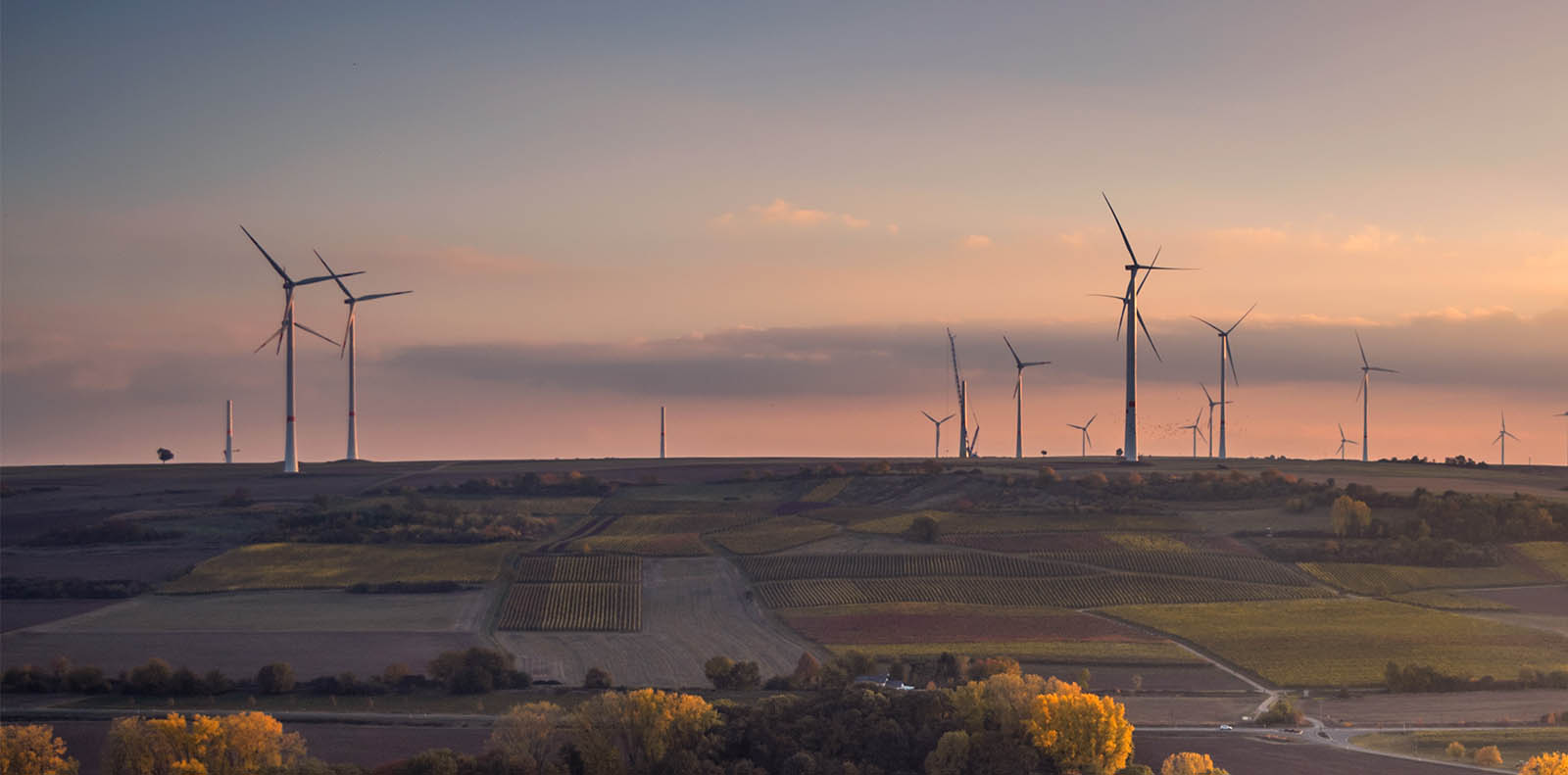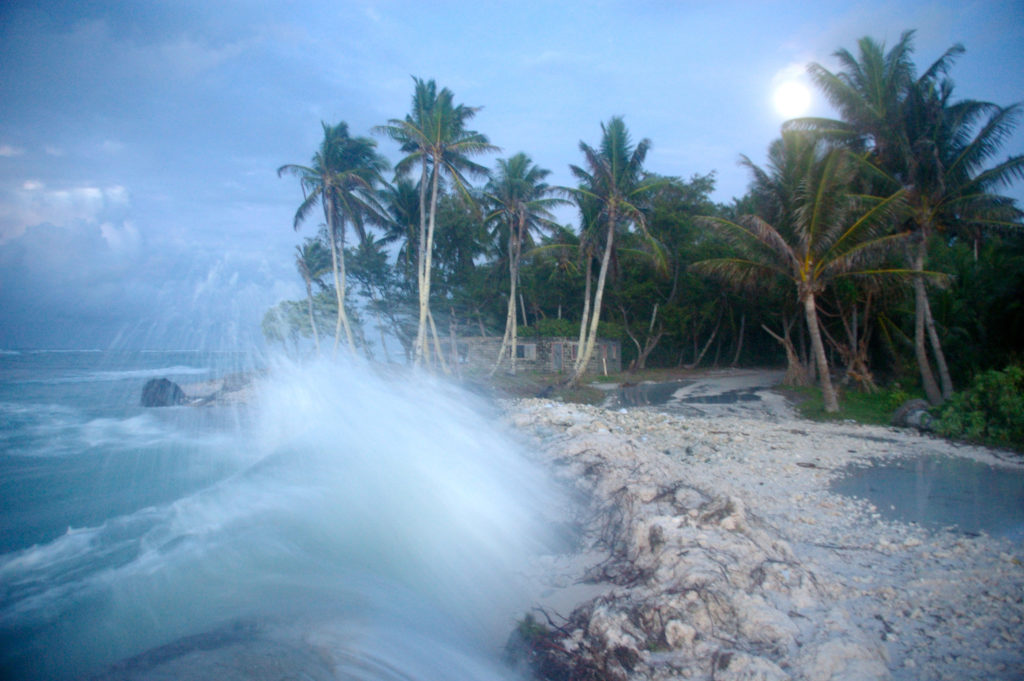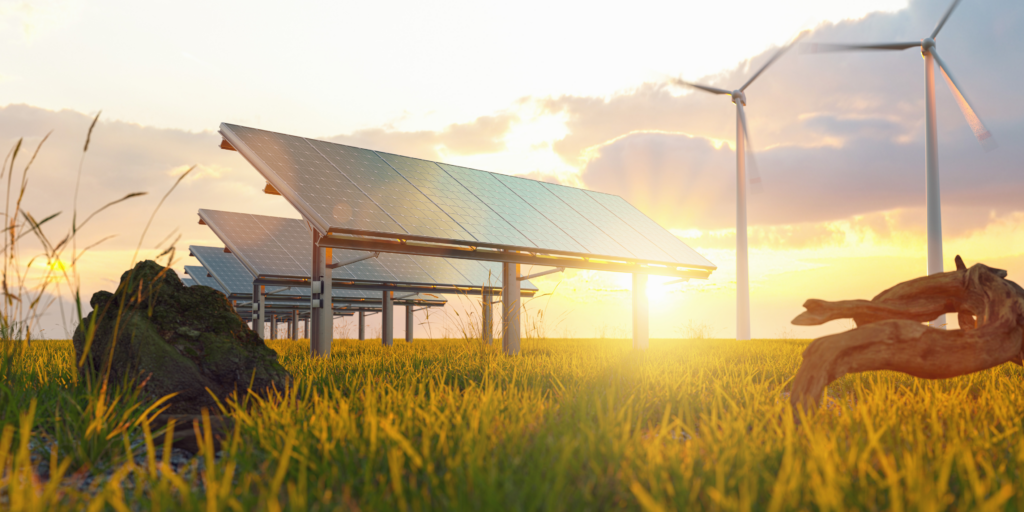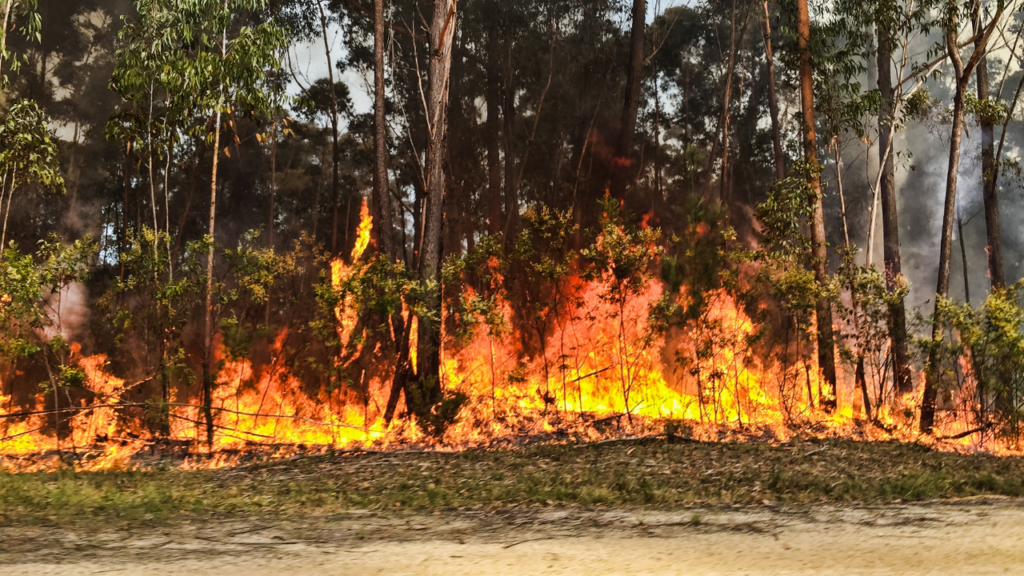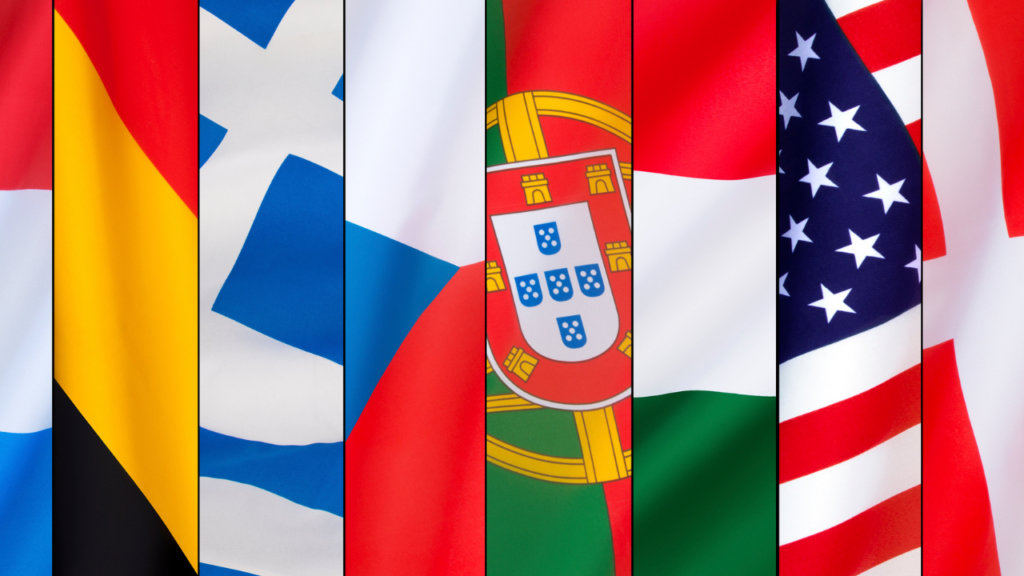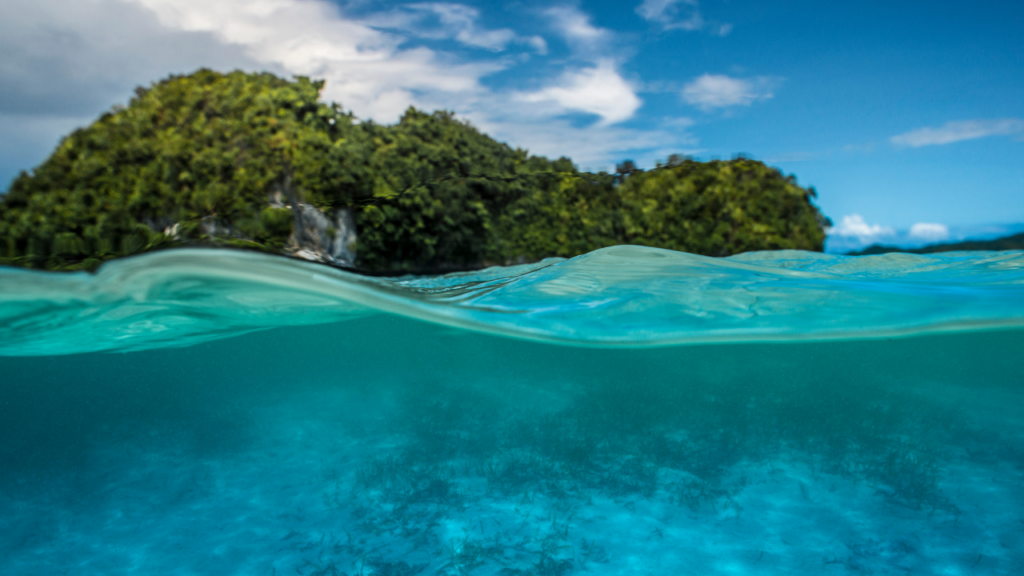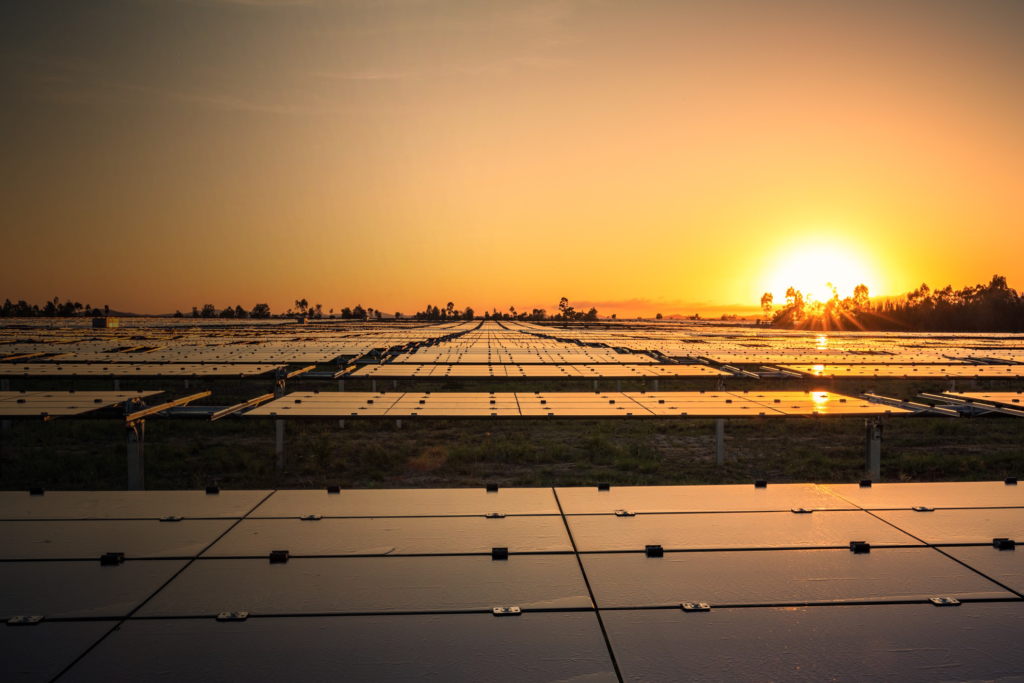The need for a swift transition to renewable energy is more urgent than ever. Climate change, driven by the burning of coal, oil and gas, is already wreaking havoc on communities, economies and ecosystems right around the world. We must stop new and expansionary fossil fuel projects and end all subsidies to coal, oil and gas. The easiest, quickest and most effective way of driving down greenhouse gas emissions and giving ourselves the best chance of kicking climate change’s butt is by moving to an energy system based on renewables and storage.
Here are some inspiring countries that are using clever combinations of renewable resources and efficient, targeted policies to drive down their emissions.
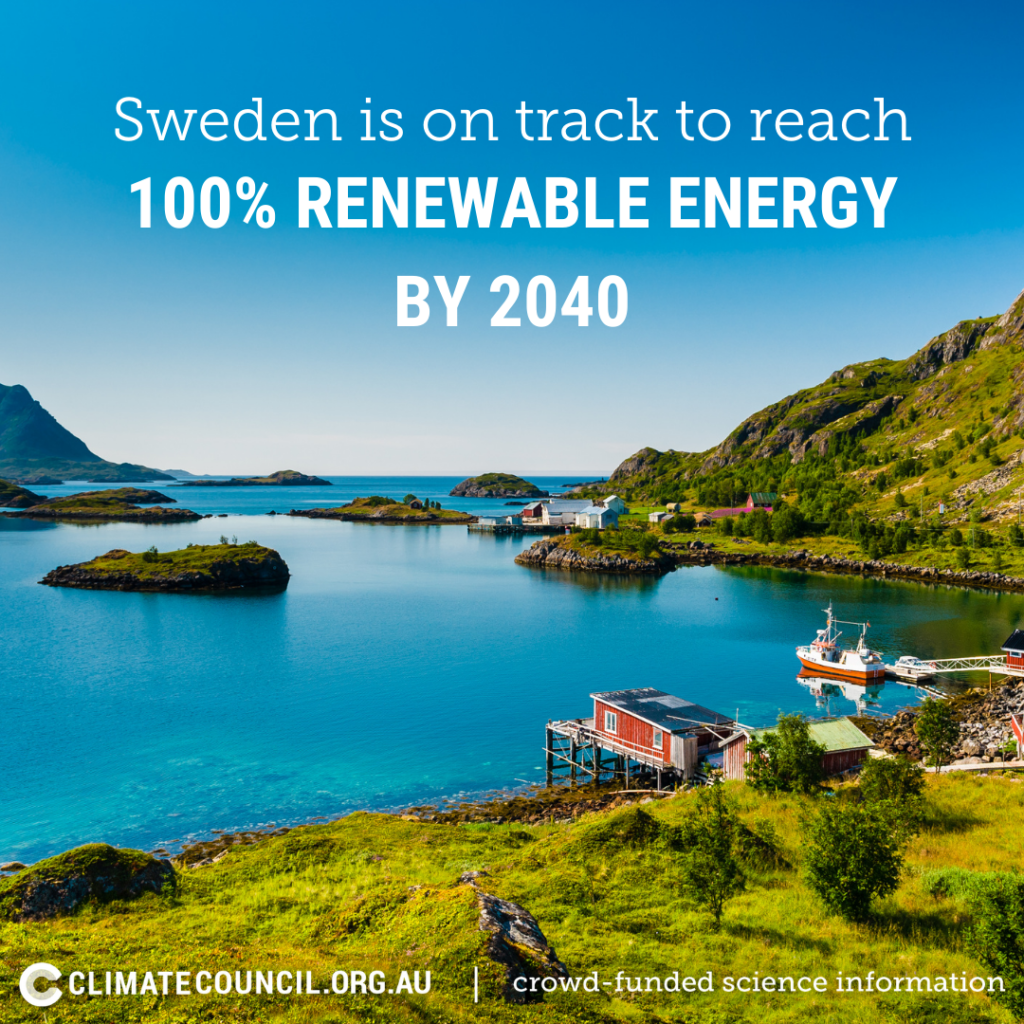
Sweden
In 2012 Sweden reached their target of 50% renewable energy 8 years ahead of schedule. This puts them right on track to reach their 2040 goal of 100% fossil-free renewable electricity production. How did they do it? By taking advantage of their natural resources and using a combination of wind, bioenergy, solar and even body heat! In Stockholm for example, body heat from commuters passing through the central station is used to heat a nearby building!
Costa Rica
In 2022 Costa Rica produced a whopping 98% of its electricity from renewable sources for over eight years in a row. In 2023 they will likely do the same. Costa Rica also holds the world record for most consecutive days using solely renewable energy – 300 in 2018! Breaking their own record of 299 days in 2015. Costa Rica uses a combination of hydro, geothermal, wind, biomass and solar power to get the job done. In some years they have even been able to export the excess power that they have generated to countries in Central America’s Regional Electricity Market – Guatemala, Nicaragua, Panama, Honduras and El Salvador.
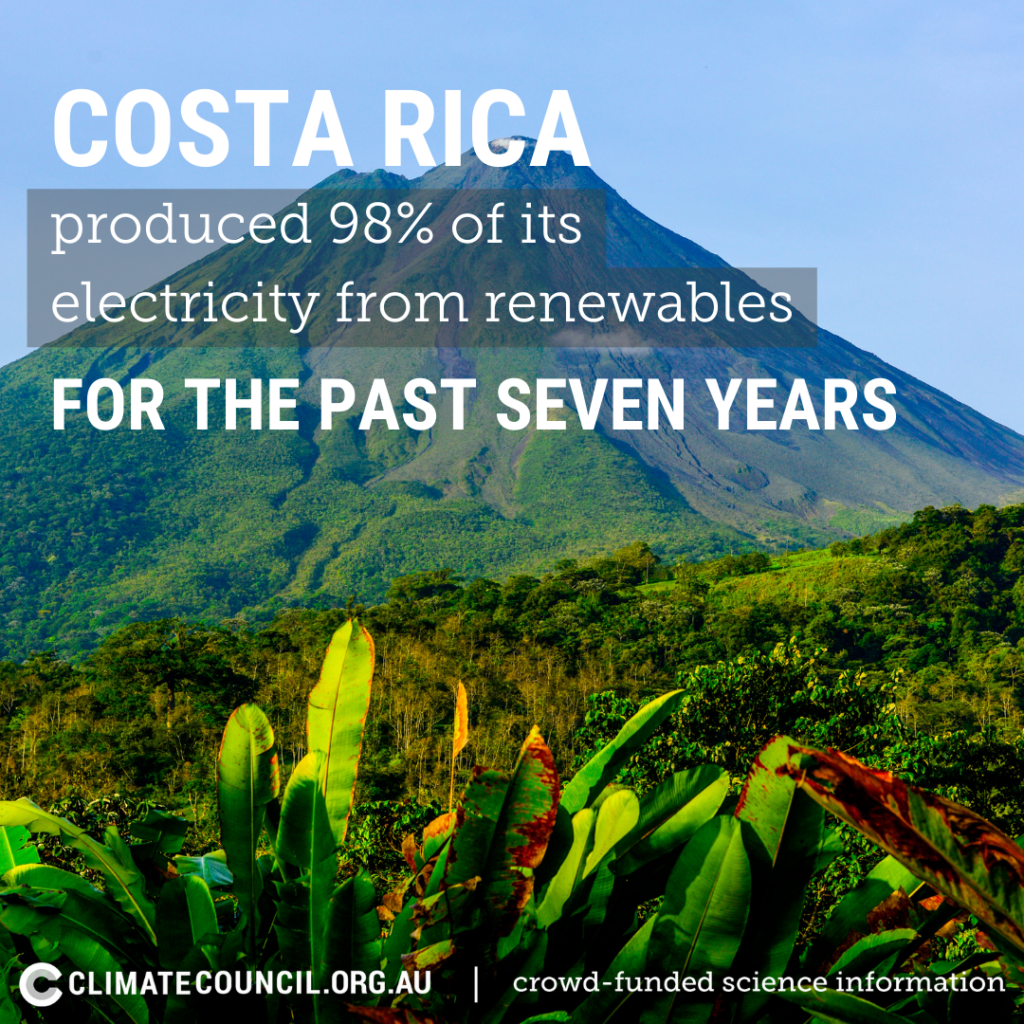
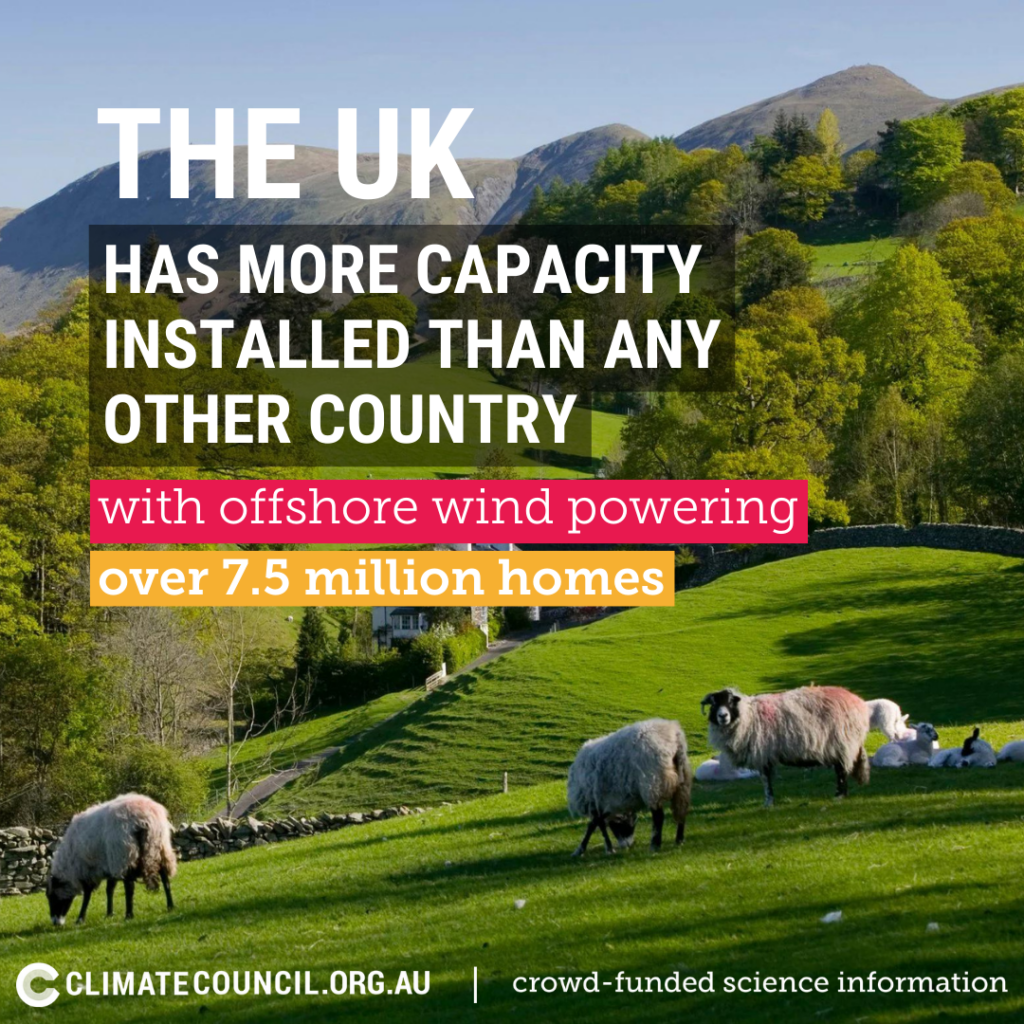
United Kingdom
How can we harness the power of the wind? Look no further than the UK. Currently, the UK is the global leader in offshore wind energy. It has more capacity installed than any other country, with offshore wind powering over 7.5 million homes. With a plan to increase this fourfold by 2030, this will go a long way to the government’s plan to decarbonise its power system by 2035.
Iceland
The land of fire and ice has unique access to a range of renewable resources. In 2015 a combination of hydropower and geothermal power provided almost 100% of Iceland’s electricity production. In fact, geothermal power heats 9 out of 10 homes and Iceland is among the top ten global producers of geothermal energy in the world The UN has even suggested their transition could provide a model for other countries to make the switch. We’re listening!
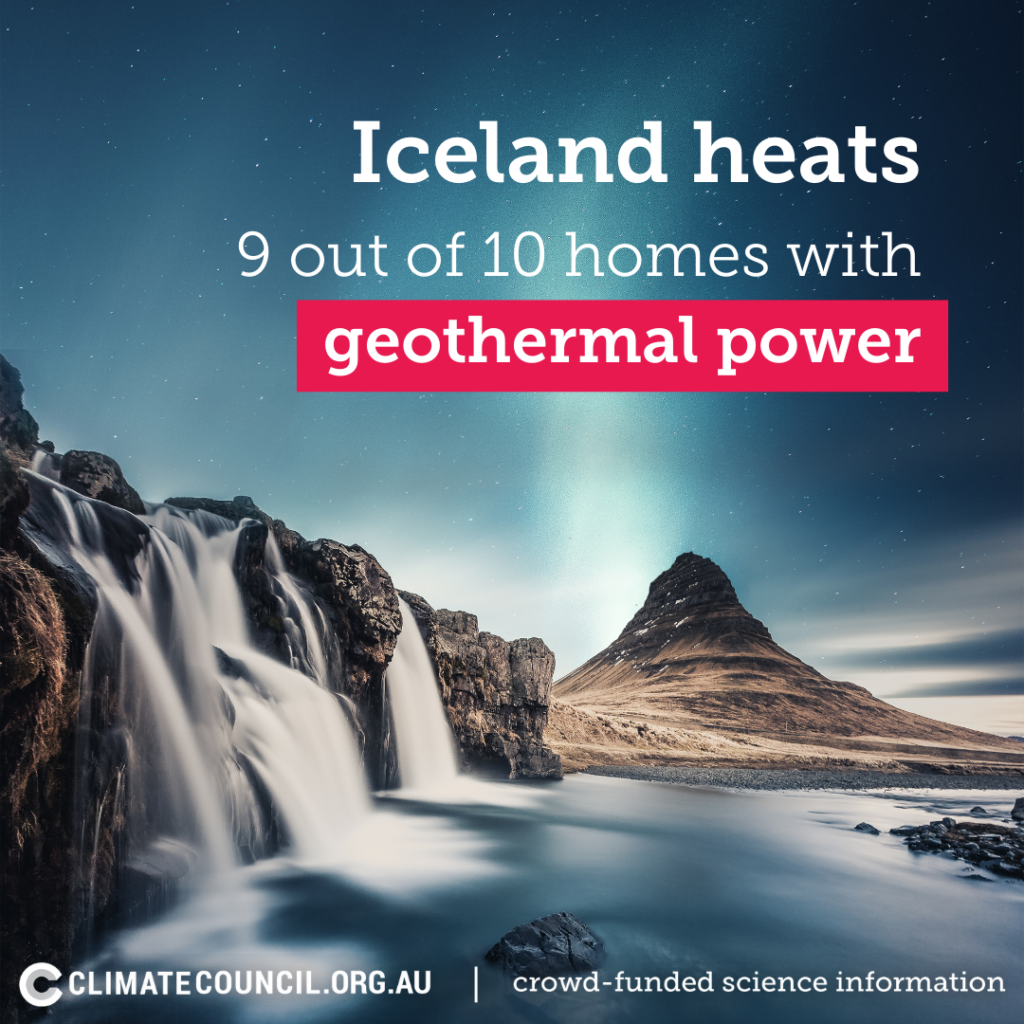
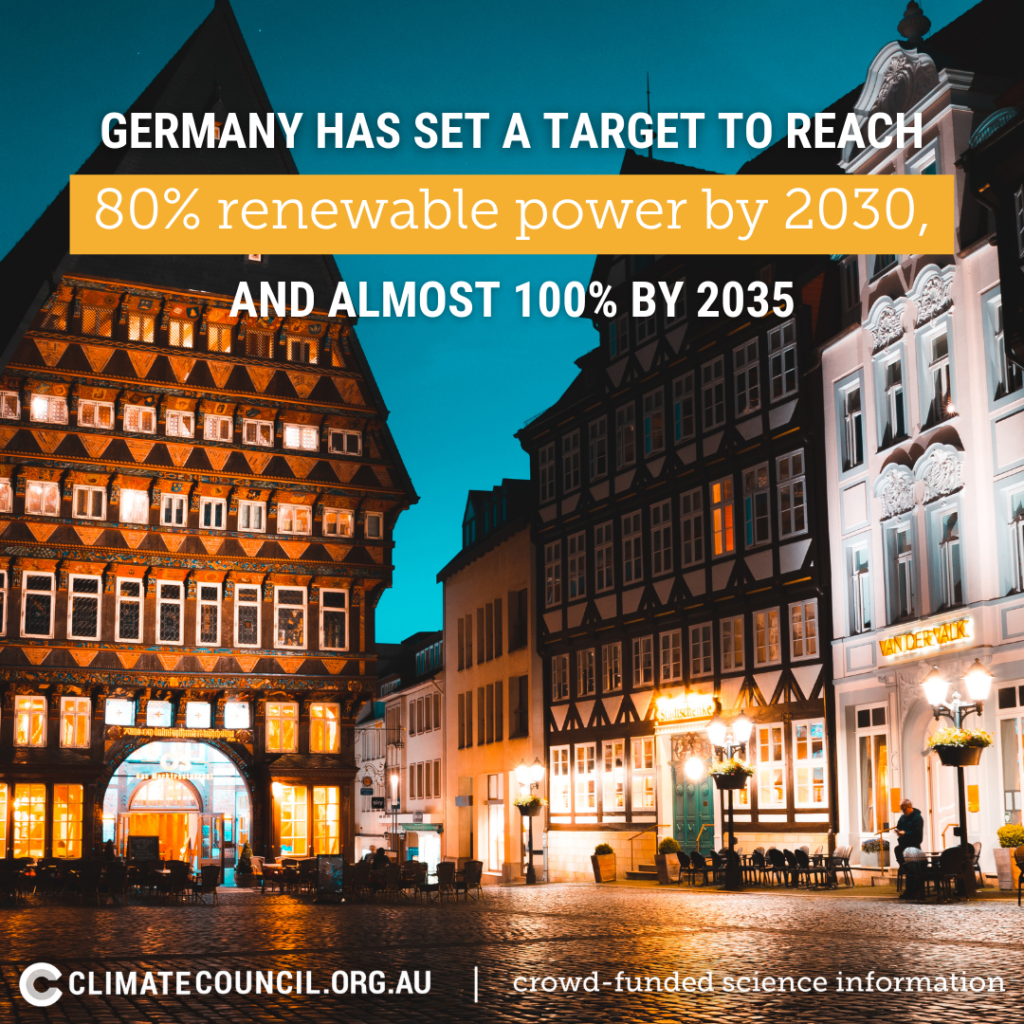
Germany
In 2022, Germany’s new Government set their self-described ‘biggest energy policy reform in decades’ during their first 100 days in government. What’s so special about it? Renewables sit at the centre with targets of 80% renewable power by 2030 and close to 100% by 2035. Renewables accounted for 46.9% of German power consumption in 2022 (a 4.9% increase from 2021) and it looks like it’s only going up from here.
Uruguay
Since 2007, Uruguay has undergone a renewable energy revolution. Back then imported fossil fuels provided more than a third of energy generation, but decades of transformation have resulted in Uruguay generating 91% of all their electricity from renewable sources in 2022. Between 2013 to 2018 Uruguay increased its wind power from 1% to 34% of its electricity mix in five years – the fastest any country has achieved over that timeframe., The majority of this comes from hydropower, complemented by wind, solar and biofuels. In some years Uruguay generates so much renewable energy that they’re able to export it to their South American neighbours, Argentina and Brazil. And they’re still on the lookout for extra ways to put it to use!
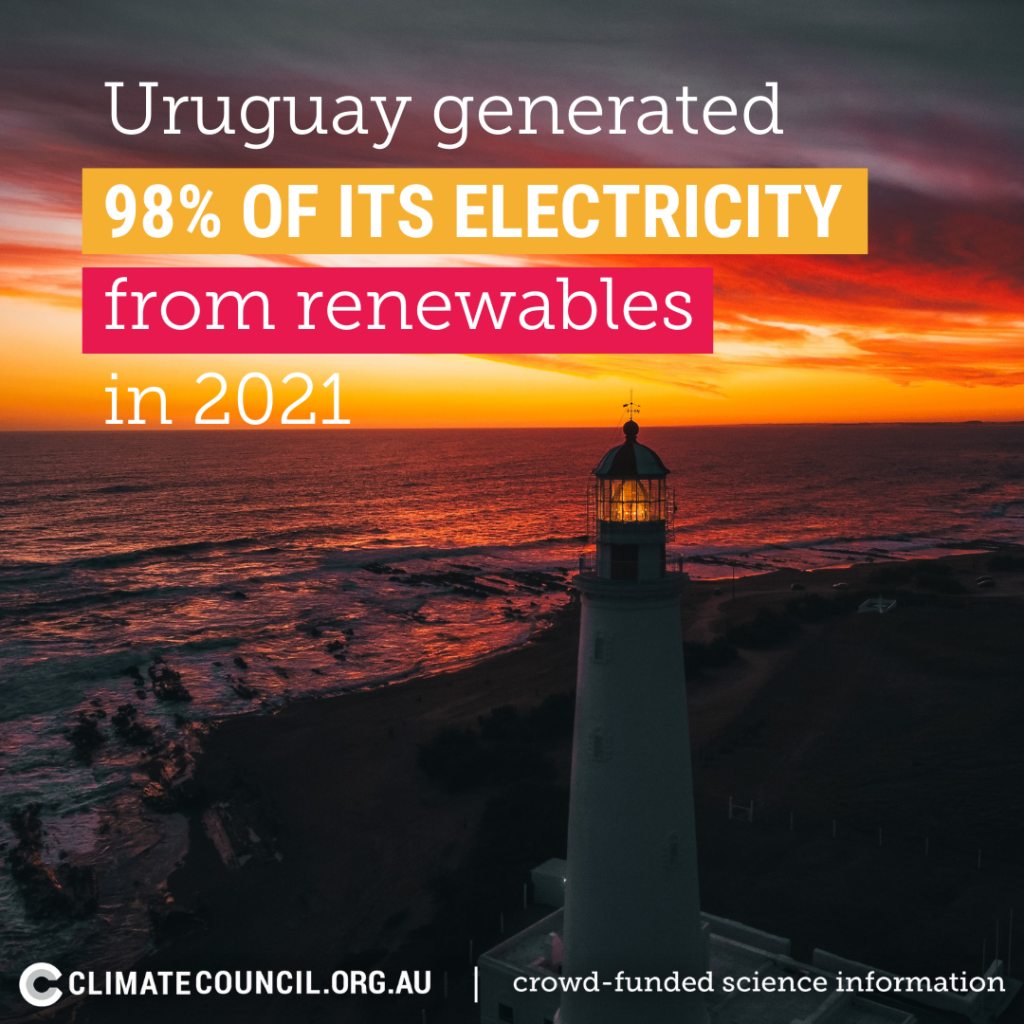
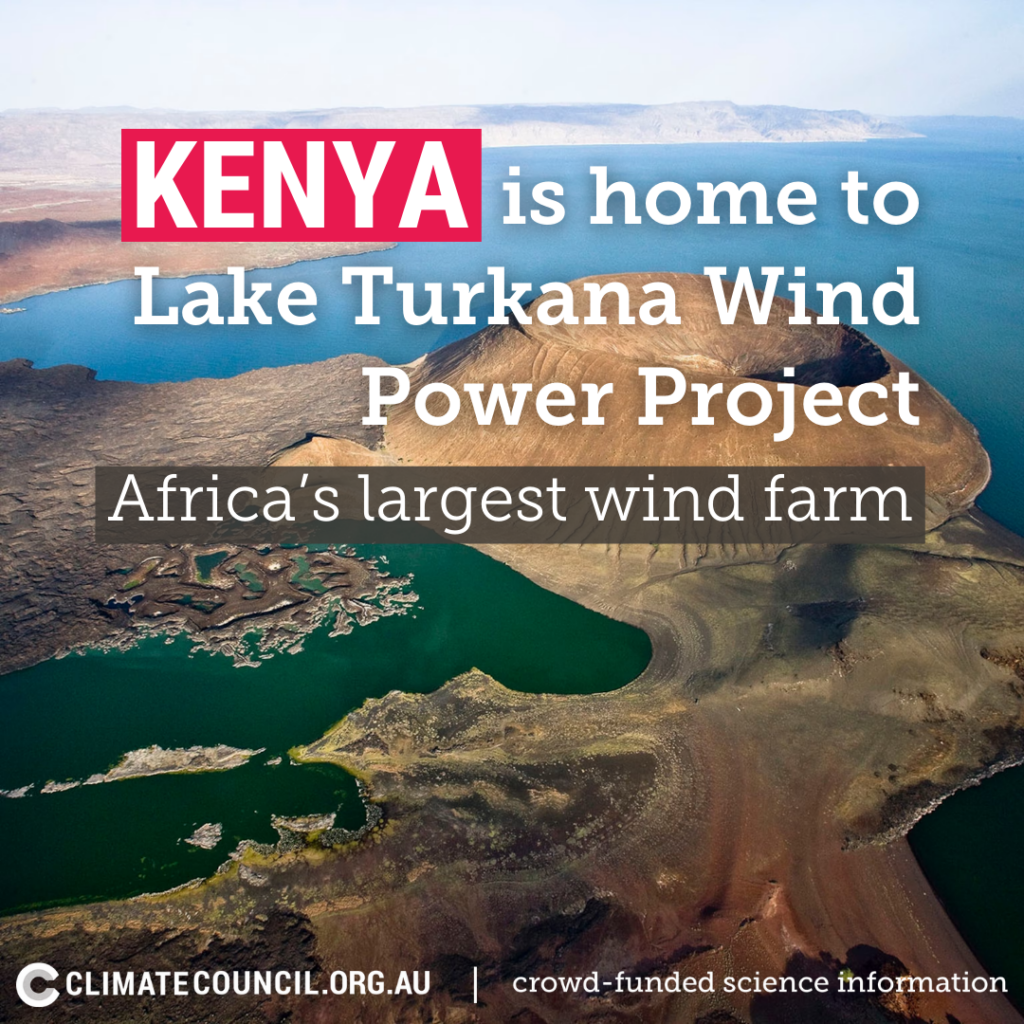
Kenya
Kenya is home to Lake Turkana Wind Power Project, currently Africa’s largest wind farm. With over 310 MW of capacity – enough to supply energy to one million homes! The project also attracted the largest private investment in Kenya’s history $650 million. Africa has huge renewable energy potential – home to 60% of the best solar resources globally, however, the continent receives less than 3% of energy investments worldwide. As the region which has contributed to the climate crisis the least yet suffers significant impacts now and into the future – the international community must partner with Africa and invest in its clean energy future.
China
Wondering how the world’s largest carbon emitter can also be a leader in renewable energy? It may seem counter-intuitive, but China is the global renewable energy leader hosting nearly half of the world’s total operating wind and solar capacity. China is on track to double its utility-scale solar and wind power capacity, shattering the central government’s ambitious 2030 target of 1,200 GW five years ahead of schedule. They’re also the biggest investor in renewable energy worldwide, where nearly half of the world’s low-carbon spending took place in China in 2022 (US$546 billion). Now they just need to get those emissions down!
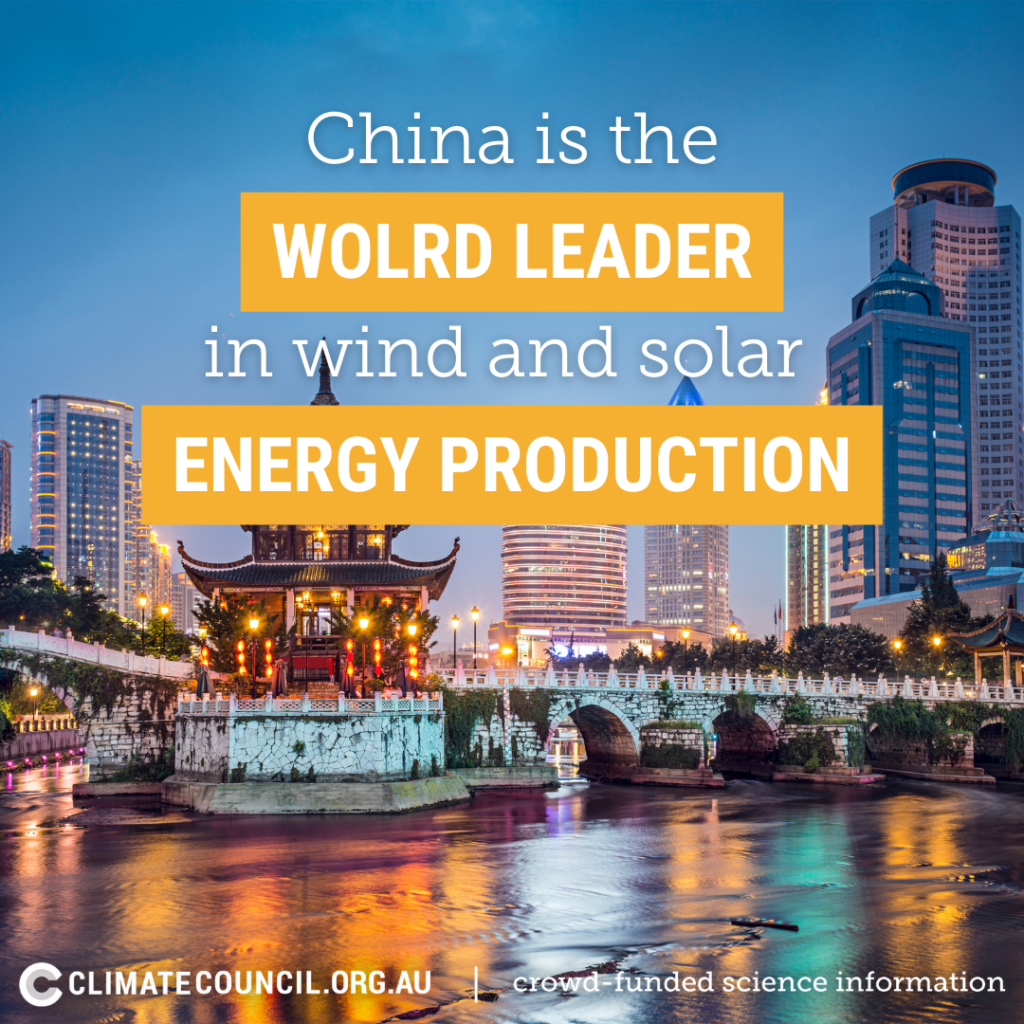
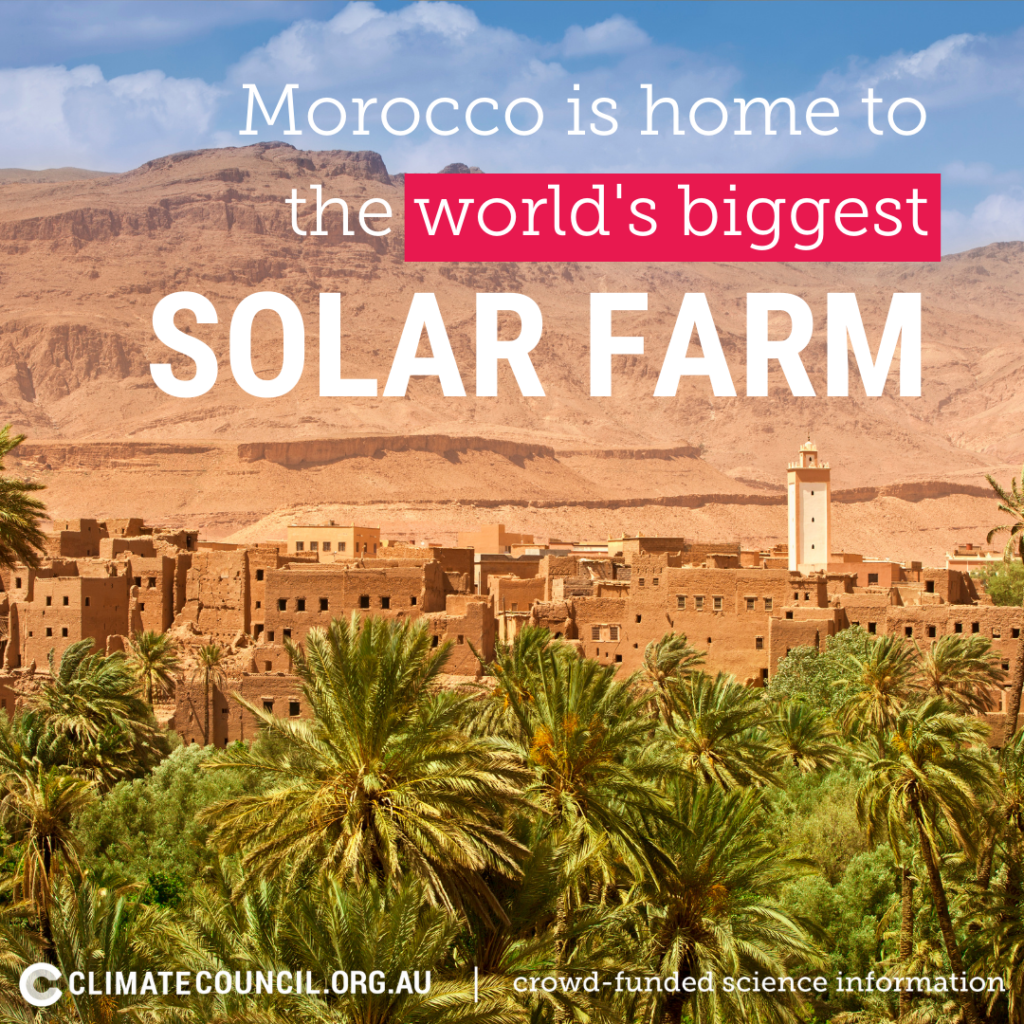
Morocco
Morocco has harnessed the power of its ample sun supply to become a world leader in solar energy. It’s home to the world’s biggest concentrated solar farm, the Noor-Ouarzazate complex in the Sahara desert which has a capacity of 580 MW. The farm is the size of 3,500 football fields and generates enough electricity to power a city twice the size of Marrakesh.
New Zealand
Our next-door neighbours are doing great things on the renewables front. 84% of New Zealand’s electricity usage is renewable. New Zealand has set a target for 50% of total energy consumption from renewable sources by 2035, and 100% renewable electricity by 2030.
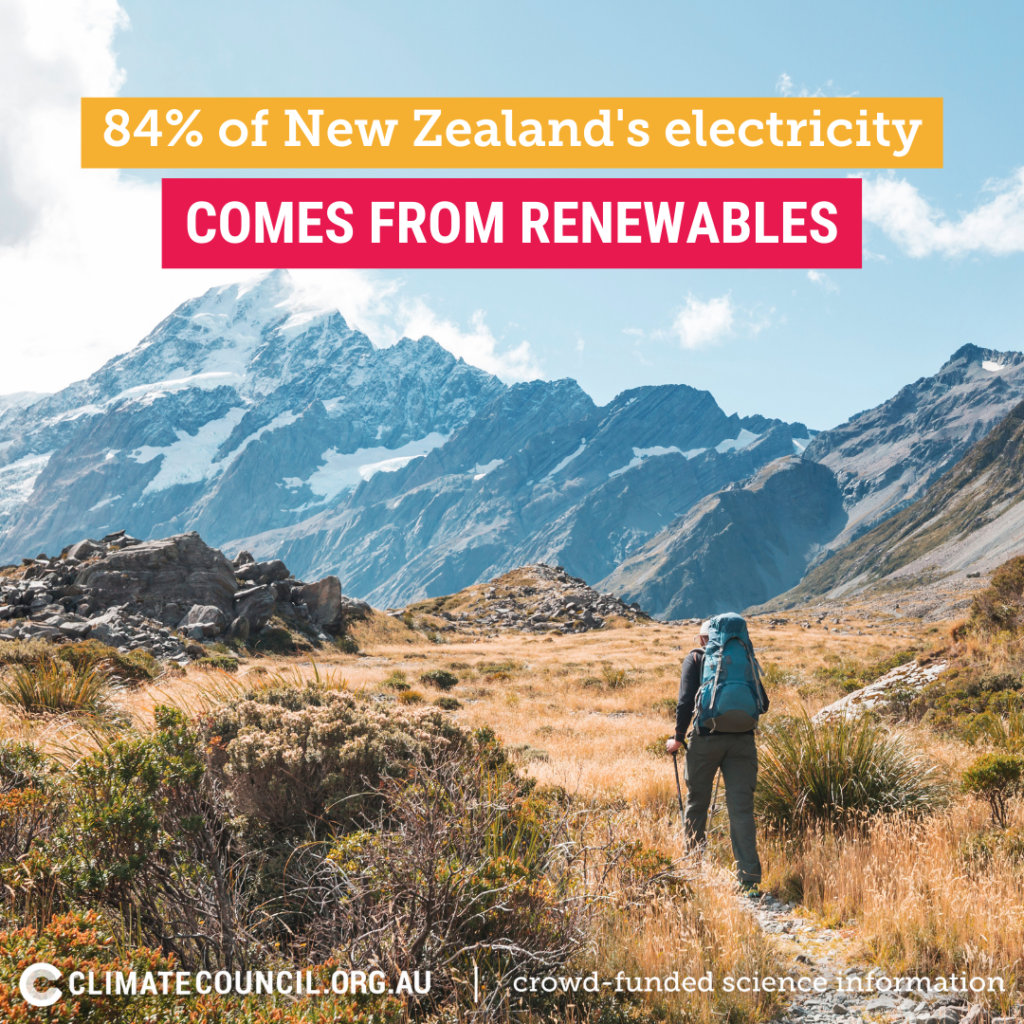
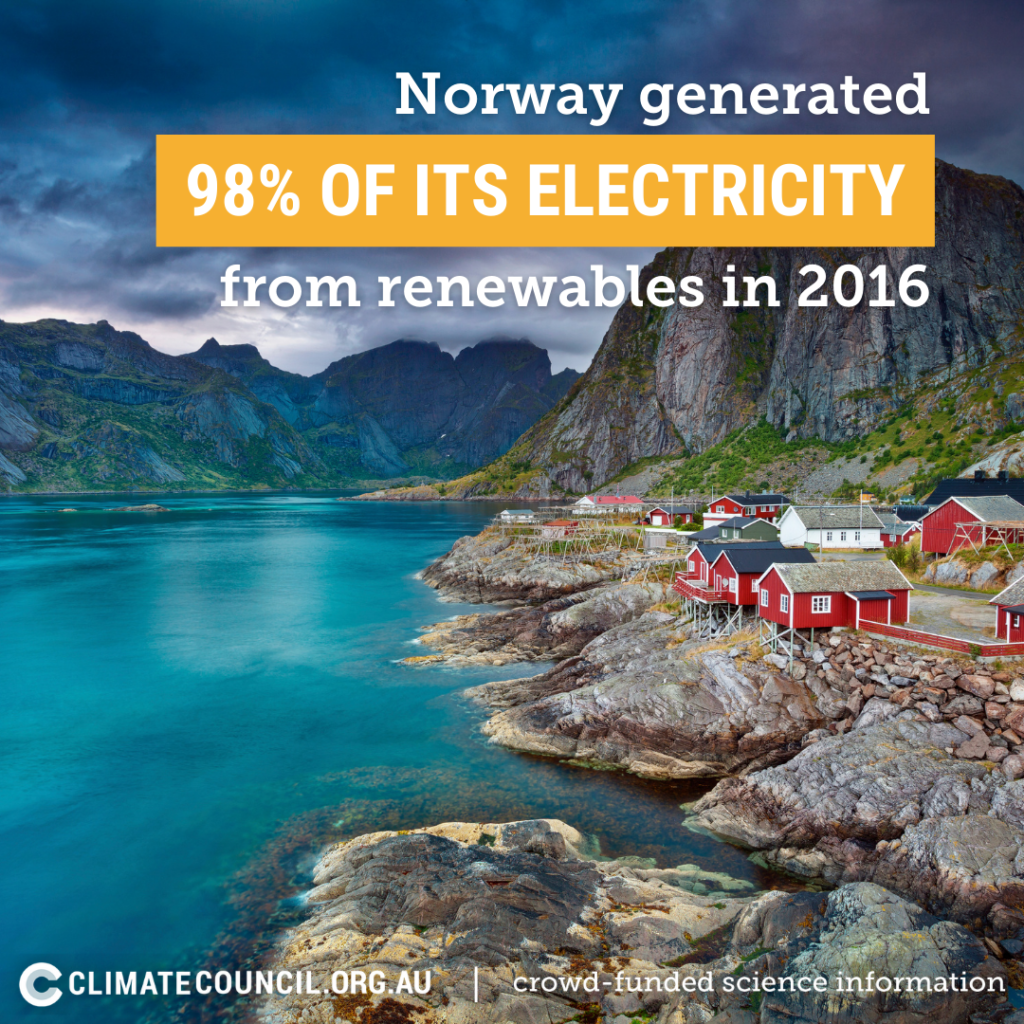
Norway
As of 2016, 98% of electricity generation in Norway came from renewables, with hydropower leading the charge. They’ve been harnessing power from rivers and waterfalls since the late 1800s, so it’s easy to see how this natural resource has been a critical part of Norway’s power profile. Over the years they’ve also added thermal and wind energy to the mix.
When leaders set ambitious goals for renewable energy and support them with investments, the benefits come fast. Switching to renewable energy doesn’t just drive down emissions, the transition also contributes to a secure economy, a growing jobs market and the creation of a reliable and resilient energy system. Along the way, we need to ensure a just transition, where First Nations people play a central role in the rollout of renewables across our country, and can harness the benefits of the transition. We must ensure that those working in the fossil fuel sector have opportunities to be part of the shift to a renewable economy. Australia’s National Net Zero Authority, Queensland’s Job Security Guarantee, and organisations like The Next Economy are supporting regions to thrive in the renewable energy transition.
Australia should be leading the charge in renewables – we have plenty of wind, sun and land! Harnessing our abundant resources would position Australia as a global leader in renewable energy and show the world we’re serious about climate action.


